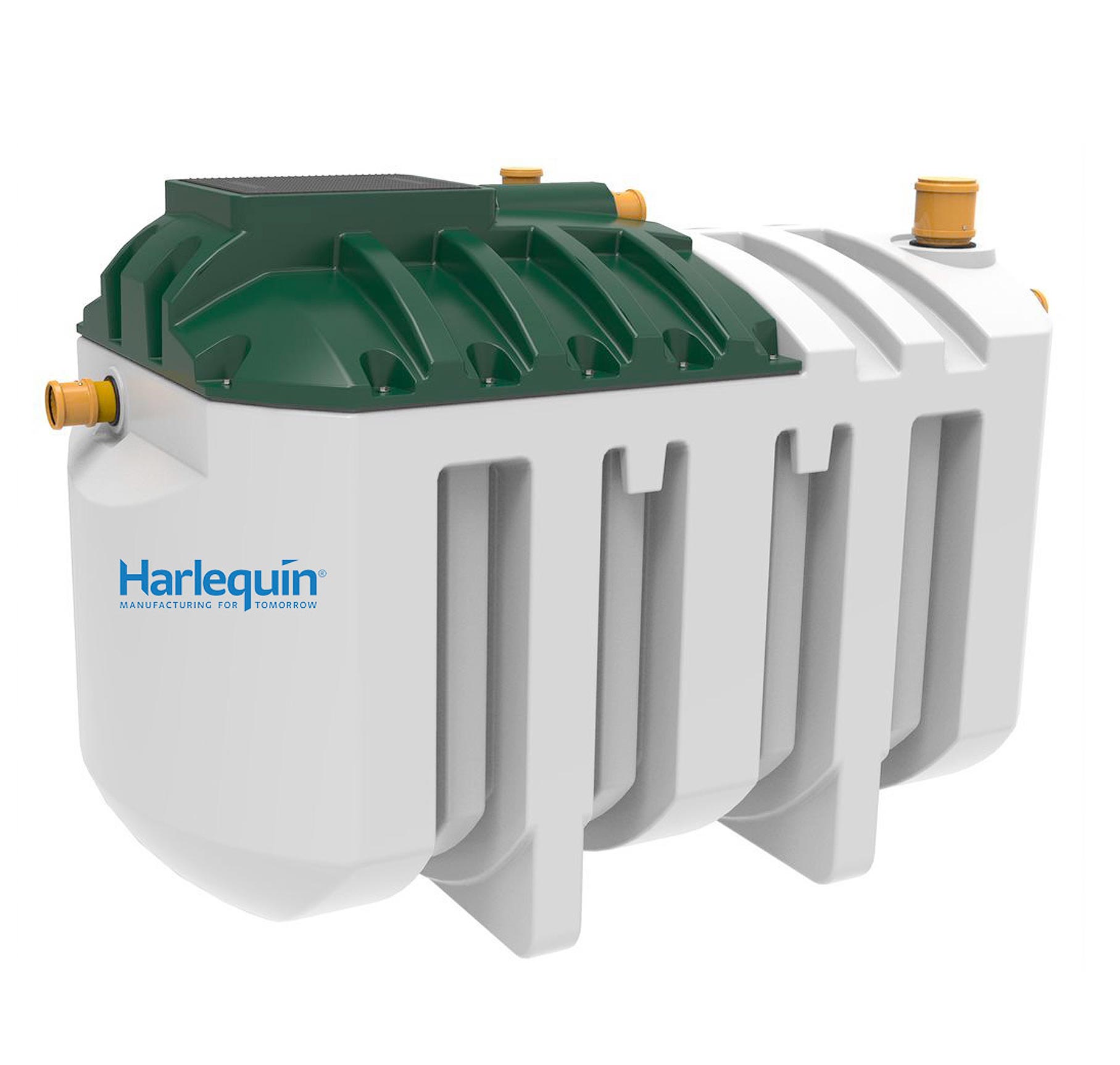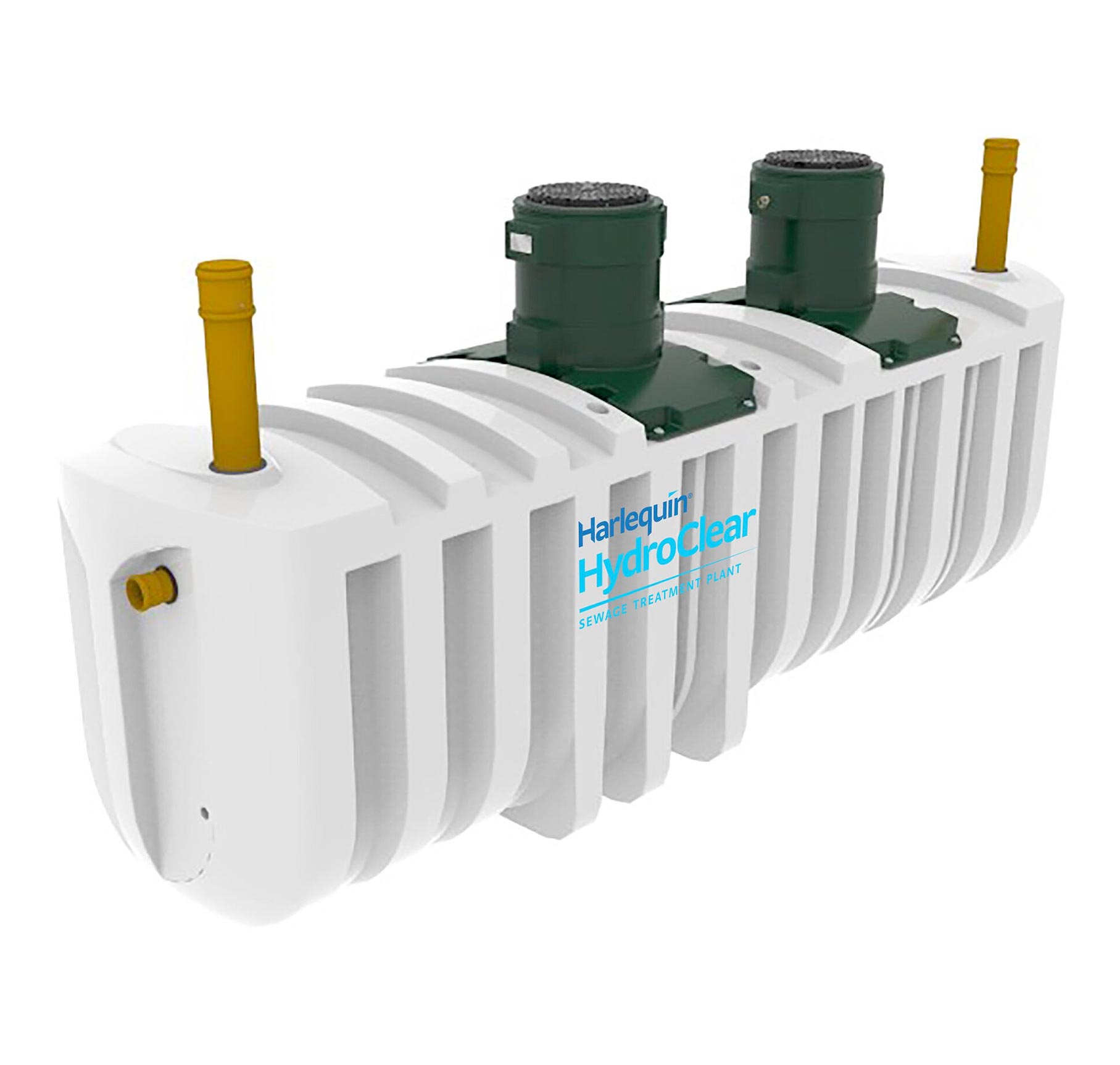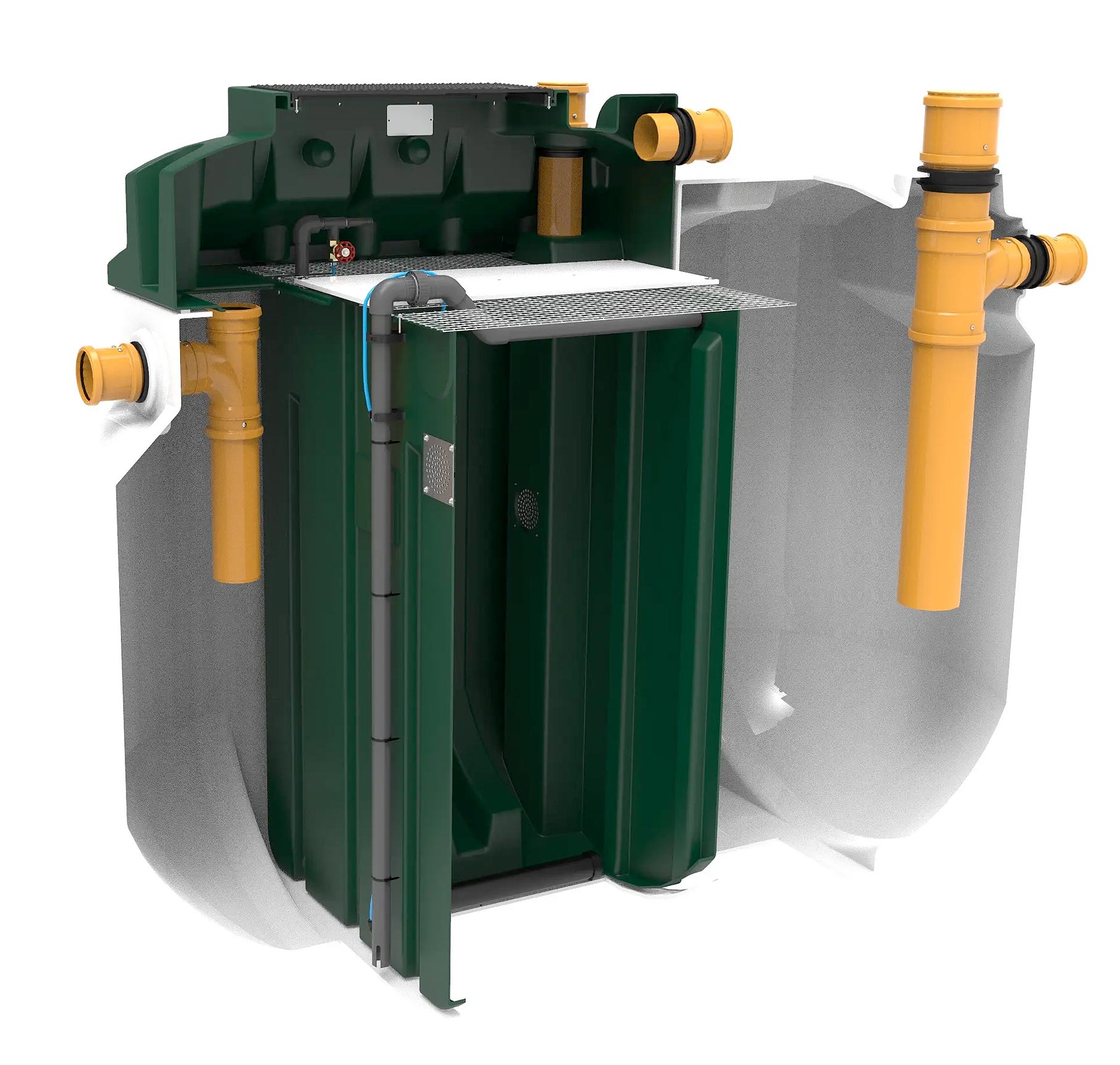SEPTIC TANK AND SEWAGE TREATMENT PLANT REGULATIONS
Why do we have Regulations on Domestic Sewage Discharge?
Regulations are designed to:
Reduce Contamination of Waterways
Reduce Contamination of Water Supplies
Prevent Pathogens creating Health Issues
Create better Outdoor Spaces for people to live
What is a Septic Tank
Septic Tanks act as a storage vessel for sewage, with the associated dwell time allowing solids / sludge to fall to
the bottom of the tank, while the untreated liquid flows from the septic tank typically to a drainage field / soakaway.
Septic Tanks are suitable for specific applications where either further treatment or where soil conditions can treat the outgoing untreated liquid. Typically the pollutant level of the water will only have been reduced by 30-40% as opposed to a 97.5% removal from a modern sewage treatment plant.
Even where a septic tank is possible followed by a drainage field, as the waste is untreated the life of the drainage field is significantly reduced versus using a sewage treatment plant.
Sewage Treatment Plant
Many Sewage Treatment Systems require very little maintenance.
In most cases Sewage Treatment Systems require an electricity supply but modern systems require very little energy to operate.
What’s the benefit of using a Sewage Treatment Plant vs a Septic Tank?
Sewage Treatment Plants clean the sewage to a very high level.
Total Pollution Removal:
97.5%
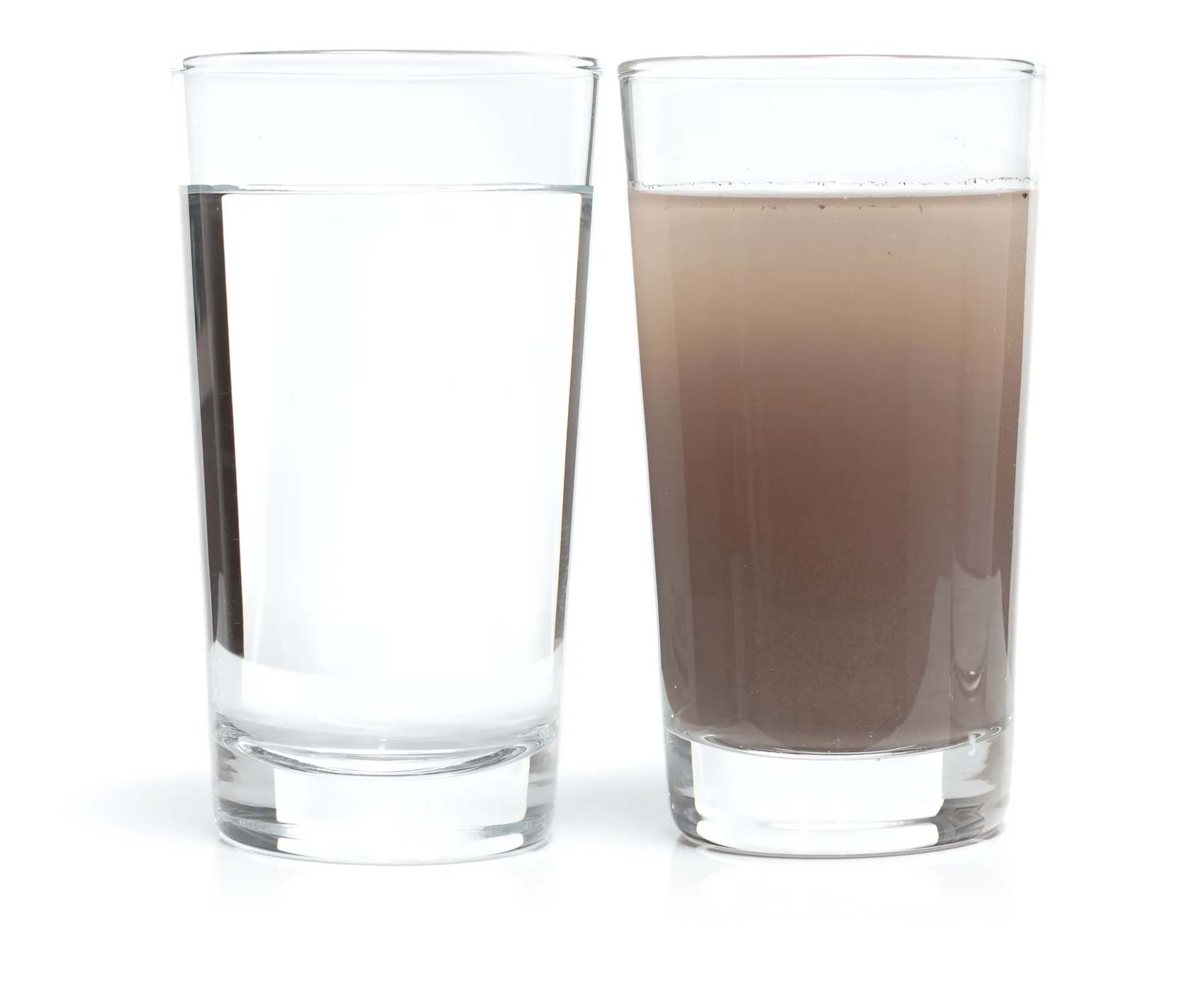
Septic Tanks are only designed to remove solid waste from untreated sewage.
Total pollutant removal:
30-40%
Discharges from a Septic Tank
1. Traditional Drainage Field (also referred to as a Soakaway)

2. Drainage Mound

Discharges from a Sewage Treatment Plant

1. Watercourse
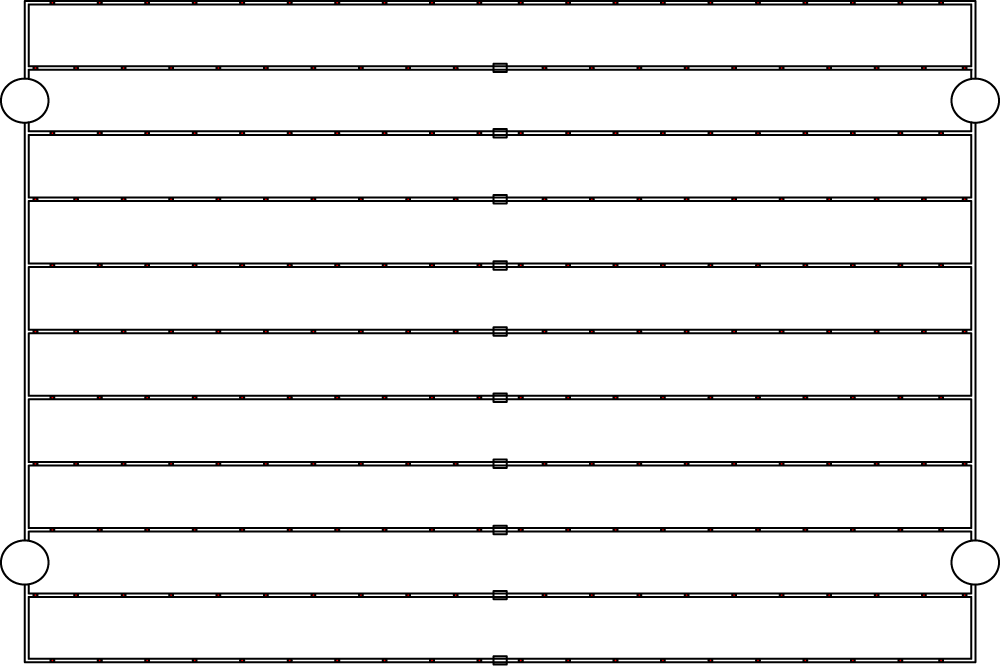
2. Drainage Field

3. Drainage Mound
General Binding Rules – Environment Agency
- If you comply with the General Binding Rules introduced on 1 st January 2020, you DO NOT
need to apply for a Discharge Permit from the Environment Agency. - If you are discharging Sewage Waste to a Watercourse (Running Ditch, Stream or River) you
will have to install a Sewage Treatment Plant not a Septic Tank. - If you are discharging Sewage Waste to a Drainage Field (see later) you may be able to
install a Septic Tank or a Sewage Treatment Plant.

*IMPORTANT: For a new discharge that started on or after 2 October 2023, binding rules 22 and 23 also apply
Building Regulations (H2) Guidelines
- Tank must be 7m from house
- Drainage field to be designed in accordance with BS6297
- Drainage field 15m from a building
- Drainage field to be 1m above the water table
- Drainage field to be 10m from a ditch/watercourse
- Drainage to be 50m from a well/bore hole
- Planning will be required for a new system
- Planning may be required for a replacement system if it’s new location exceeds 10m
- Tank to be within 30m of a hardstanding for ease of emptying
TESTIMONIALS
OUR CLIENTS REVIEWS





